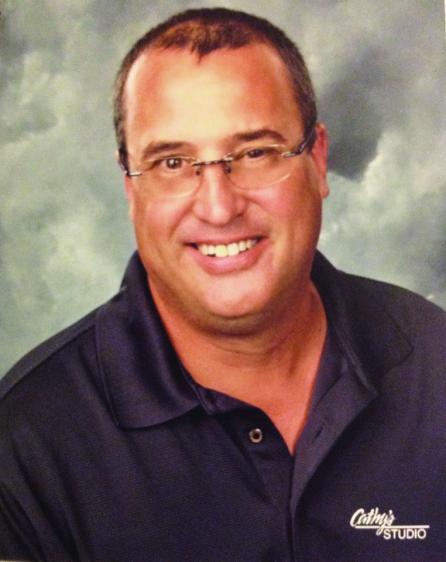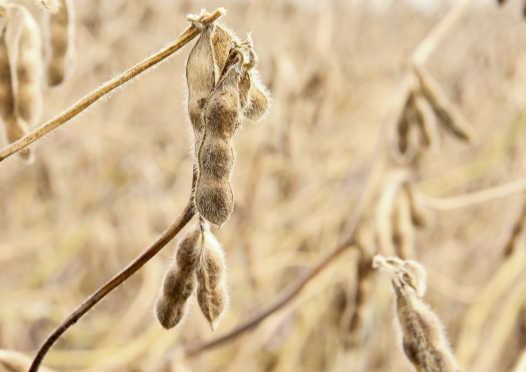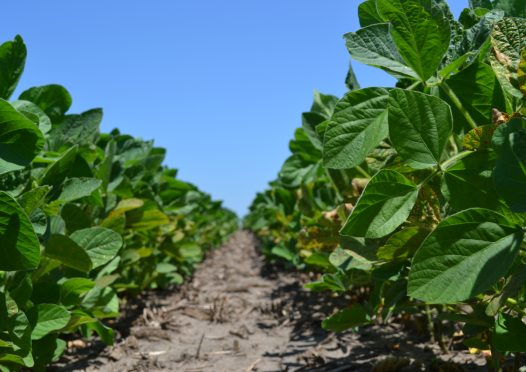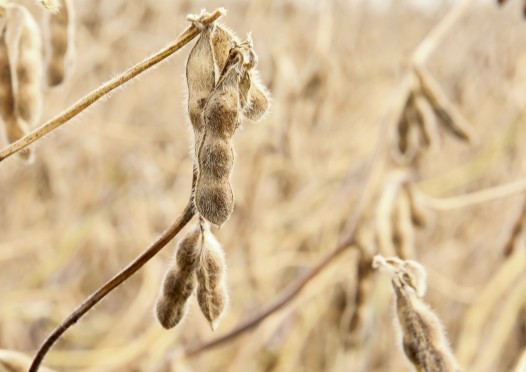ILSOYADVISOR POST
Agronomy: Harvest Aids Questions as Soybean Harvest Approaches
This year with all the wet weather and a lack of good weed control in many areas, many farmers are asking about using a harvest aid to help kill weeds prior to soybean harvest. In many fields we have soybeans that are turning yet waterhemp, cocklebur and some grasses are still very green. Removing this green matter will aid in harvest as well as removing storage risk.
There are options for harvest aids in soybeans, but there are a few things farmers should be aware of before applying them to their soybean fields. The first is timing of application to the soybeans themselves. Do not apply a harvest aid too early. In general, application should be made after 50% or more of the green leaves have dropped from the plant and 50% or more of the pods have turned yellow/brown. Making an application too early can prevent proper maturing of the soybean plant and result in lower yields. Always read and follow label directions.
Second you need to be very aware of the preharvest interval (PHI). The PHI is the time between when the application is made to the soybean crop and when harvest can take place. Depending on what the PHI is, it can cause a delay in your plans to start harvest. Again, read and follow label directions.
The last consideration is the weeds themselves. Plant size and stage of growth may take some plants longer to succumb to the harvest aid. Some grass weeds may “brown”, but if harvest is delayed they may green up again. Weed seed may still be viable depending on the stage of growth when the harvest aid is sprayed. It becomes important to match your harvest aid choice of PHI and weed control together.
Harvest aids can greatly help speed harvest in “green” conditions and help put those problems out the back of the combine to help with quality and storage. Reading and following the label directions along with matching the desired outcome to the PHI and harvest schedule is a must. Consult with your local herbicide advisor or agronomist to get the BMPs for your area.
Kelly is serving as the Illinois Soybean Association Double-Crop Specialist. He was raised on the family farm in Benton, Illinois and graduated from Southern Illinois University (SIU)-Carbondale with a BS in Agriculture Education and Mechanization, and a Master’s of Science (MS) in Plant and Soil Science. Kelly has spent 25 years as a soil fertility agronomist and precision agriculture consultant in southern Illinois while also spending 4 years as a Farm/Agronomy Manager and GIS Coordinator for a large farm in southeastern Illinois. He is a Certified Professional Agronomist and a Certified Crop Advisor.





Comments
Add new comment